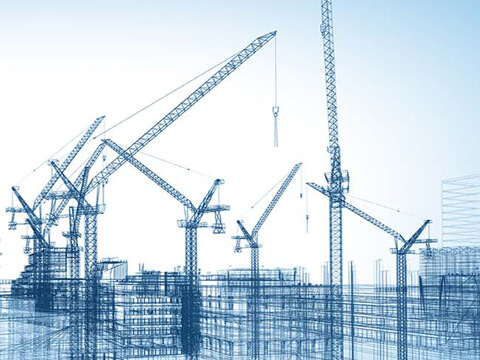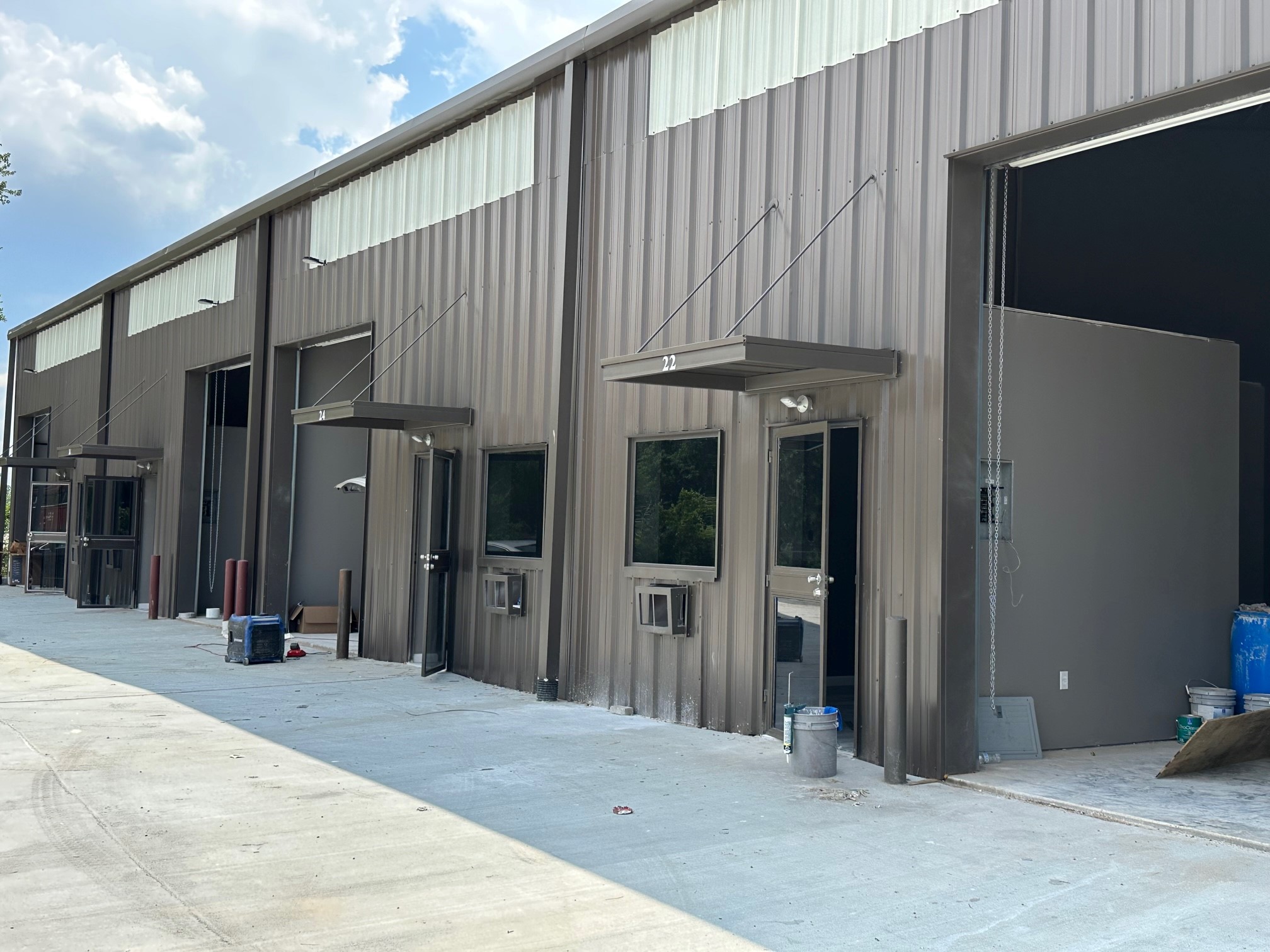 Co-working has become a popular trend, with many people opting to share co-working spaces and professionals who are digitally connected to their apartment space. The trend is closely associated with other issues, particularly with the COVID-19 pandemic that forced countless employees to work remotely at home. Co-working is expected to last for an extended period, and multifamily housing is undergoing an evolution in order to fulfill the need.
Co-working has become a popular trend, with many people opting to share co-working spaces and professionals who are digitally connected to their apartment space. The trend is closely associated with other issues, particularly with the COVID-19 pandemic that forced countless employees to work remotely at home. Co-working is expected to last for an extended period, and multifamily housing is undergoing an evolution in order to fulfill the need.
To attract younger, educated, and financially stable residents who are remote workers, developers have to offer co-working space as part of their residential amenities. Moreover, they must include conference rooms, lounge areas, and high-speed Wi-Fi into their new apartments. While some apartments have had “business centers” in the past, remote workers are demanding more from the places they live.
Upgrading or installing these amenities in older apartment complexes should be a priority for property owners too. Commercial real estate co-working is currently one of the most suitable investments for any investor in the real estate industry.
The number of people working in offices has decreased by a significant percentage, leading to a huge demand for more locations to complete their work. As of 2030, co-working companies such as WeWork will contribute to an estimated 20% of the United States’ total office spaces.
Research indicates that the number of workers who decided to do their work at home or another location outside of the office has increased to 115% between 2005 and 2015. Many people who have tried this method have revealed that it is quite similar to working in the office. Apartments with co-working spaces have helped many of their residents save on the expense of paying commercial office rent, while working from home.
Balancing Home and Office
New home buyers are drawn to Co-working spaces, and hence the owners of multifamily properties are ensuring that the designs on these areas will attract them. The design should be comfortable and functional to impress potential apartment residents.
The owners of multifamily properties are also discovering that commercial real estate co-working requires a lot of investment and effort, but the profit it will provide will increase; hence there is no problem in adopting the trend as other apartment complexes have adapted to it.
One example of an apartment complexes designed for remote workers is the Condominium building located in Brooklyn, New York. The building comprises a co-working lounge consisting of phone booths, conference rooms, and spaces that suit both quiet and collaborative work. The building is ready for people to move in this year.
The building’s property developer stated that one buyer utilized a co-working space on an outdoor location to meet with their clients. However, now the designs allow meetings to be held within the building as well.
Another model example is a rental property in Brooklyn that offers well-designed co-working spaces that are part of the building’s common areas. The developer of 33 Bond St. stated that due to the increase in residents working from home, they decided to comply with the trend. The co-working space comprises booth seats, communal worktables, an in-built power, and a terrace consisting of a solar-powered worktable.
Commercial Real Estate Co-working – A trend in most cities in America
Commercial real estate co-working trends are most popular in big cities. However, other cities are also adopting this trend. In order to provide the ideal features, some properties are partnering with external co-working brands that are already established.
Aside from the apartment complexes, homeowners are also installing co-working spaces into both new and old buildings.






